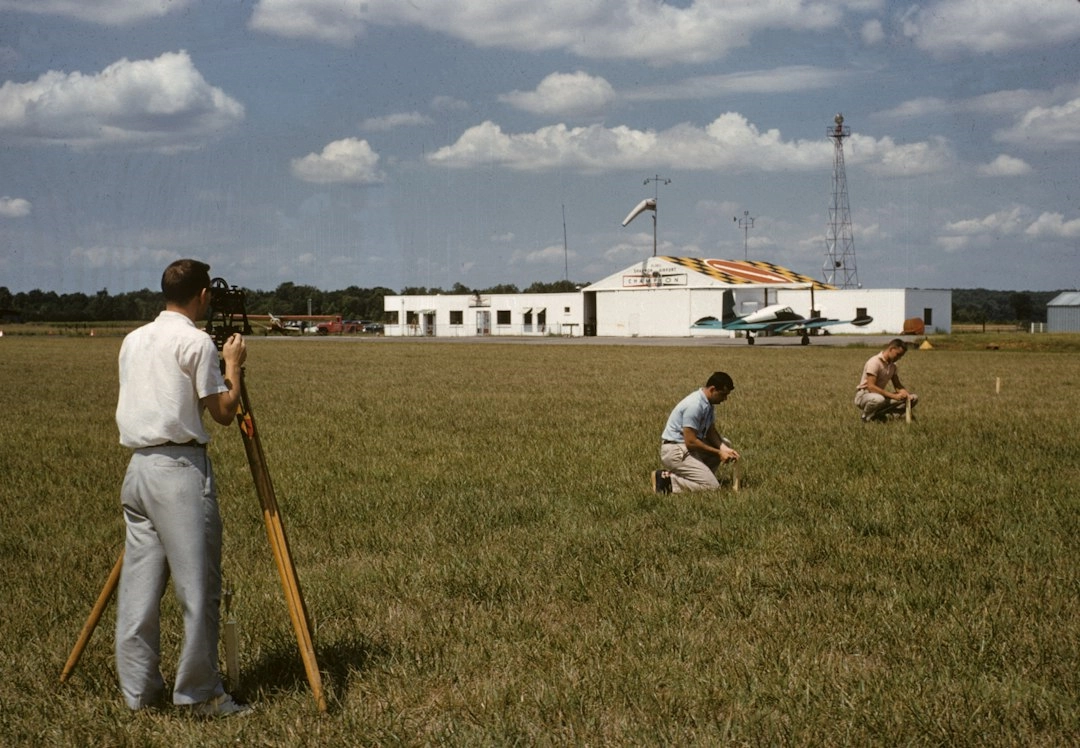What it is:
Sustainable video production refers to the practice of creating videos in an environmentally responsible manner, with a focus on minimizing the environmental impact associated with the entire production process. This includes everything from pre-production planning to post-production and distribution. The goal of sustainable video production is to reduce resource consumption, waste generation, energy use, and carbon emissions, while also promoting environmental consciousness and social responsibility within the industry.
Real-world problems:
1. Excessive energy consumption:
Video production requires a significant amount of energy, especially in terms of lighting equipment, cameras, and post-production editing. This can result in high electricity usage, contributing to greenhouse gas emissions and putting pressure on energy resources. Finding energy-efficient alternatives and optimizing energy consumption without compromising the quality of the video is a pressing challenge.
2. Waste generation and disposal:
Video production generates a considerable amount of waste, including discarded props, sets, and packaging materials. Often, these materials end up in landfills, adding to the pollution burden. Implementing strategies to reduce waste generation, such as reusing and recycling materials, is essential for minimizing the environmental impact and promoting a circular economy within the industry.
3. Carbon emissions from transportation:
The transportation of equipment, crew, and talent to and from filming locations can lead to substantial carbon emissions. This is particularly true for large-scale productions that involve traveling long distances. Exploring greener transportation options, including carpooling, using electric vehicles, or even offsetting carbon emissions through tree-planting initiatives, can help mitigate the environmental impact of video production.
4. Harmful materials and chemicals:
Video production often involves the use of various materials and chemicals that can be harmful to the environment, such as paints, coatings, solvents, and adhesives. Proper handling, storage, and disposal of these substances are crucial to prevent contamination of water bodies and soil. Using eco-friendly alternatives and adopting responsible waste management practices are essential steps to address this issue.
5. Lack of awareness and industry standards:
One of the challenges faced in sustainable video production is the lack of awareness and industry-wide standards. Many production companies and professionals may not be familiar with eco-friendly practices or may not prioritize sustainability in their operations. Creating awareness, providing training, and establishing guidelines for sustainable video production can help drive positive change throughout the industry.

Potential Solutions for Sustainable Video Production:
1. Embrace energy-efficient equipment and practices:
Using energy-efficient lighting fixtures, cameras, and equipment can significantly reduce energy consumption during video production. Additionally, adopting practices like properly managing power usage, turning off equipment when not in use, and utilizing natural lighting whenever possible can further decrease energy demand.
2. Implement waste reduction and recycling strategies:
Implementing waste reduction strategies, such as reusing props and sets, and recycling packaging materials, can minimize waste generation during video production. Partnering with local recycling facilities and incorporating recycling stations on set can facilitate proper waste management practices and encourage eco-conscious behaviors among the production team.
3. Opt for sustainable transportation options:
Reducing carbon emissions from transportation can be achieved by encouraging carpooling or using low-emission vehicles when commuting to filming locations. Alternatively, considering local filming opportunities and remote shooting to minimize travel distances can also significantly reduce the ecological footprint of video production.
4. Choose eco-friendly materials and chemicals:
Utilizing eco-friendly and non-toxic materials, paints, coatings, and adhesives can minimize the environmental impact of video production. Opting for water-based or plant-based alternatives and following proper handling and disposal procedures for hazardous substances can help prevent pollution of natural resources.
5. Advocate for sustainable practices and industry standards:
Raising awareness about sustainable video production among industry professionals and advocating for the adoption of eco-friendly practices is crucial. Encouraging industry associations and organizations to develop and promote industry-wide sustainability standards can drive positive change and make sustainable practices the norm in the video production industry.













